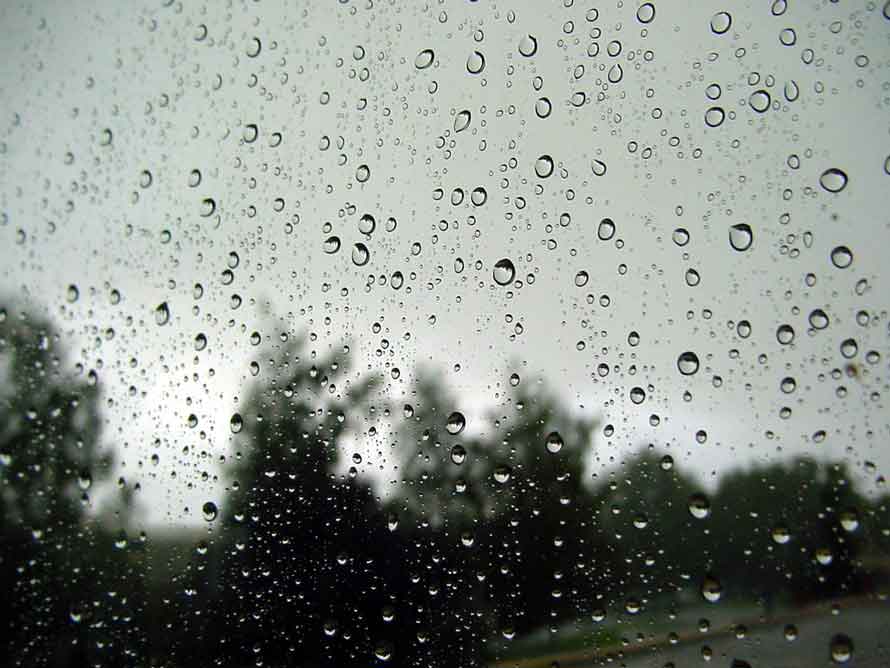An observational study in the BMJ (formerly the British Medical Journal) assessed whether a relationship exists between the proportion of claims for joint or back pain and the number of rainy days in the week of the outpatient visit.
Researchers analyzed U.S. Medicare insurance claims data linked to rainfall data from U.S. weather stations. The study surveyed data from 1,552,842 adults aged 65 years or older attending a total of 11,673,392 outpatient visits with a general internist during 2008-2012 participated.
The study was measured by the proportion of outpatient visits for joint or back pain related conditions (rheumatoid arthritis, osteoarthritis, spondylosis, intervertebral disc disorders, and other non-traumatic joint disorders) compared between rainy days and non-rainy days, adjusting for patient characteristics, chronic conditions, and geographic fixed effects (thereby comparing rates of joint or back pain related outpatient visits on rainy days versus non-rainy days within the same area).
Results
Of the 11,673,392 outpatient visits by Medicare beneficiaries, 2,095,761 (18.0%) occurred on rainy days.
In unadjusted and adjusted analyses, the difference in the proportion of patients with joint or back pain between rainy days and non-rainy days was significant (unadjusted, 6.23% vs. 6.42% of visits and adjusted, 6.35% v 6.39%), but the difference was in the opposite anticipated direction and was so small that it is unlikely to be clinically meaningful. In other words, more patients had outpatient visits on non-rainy days than rainy days.
No statistically significant relation was found between the proportion of claims for joint or back pain and the number of rainy days in the week of the outpatient visit. No relation was found among a subgroup of patients with rheumatoid arthritis.
Conclusion
In a large analysis of older Americans insured by Medicare, no relation was found between rainfall and outpatient visits for joint or back pain.
That’s not to say people who feel a difference in their bodies on days of extreme weather, be it cold temperatures or rain are wrong. A relation may still exist. But a larger, more detailed data on disease severity and pain would be useful to support the validity of this commonly held belief.
You can find the full study and study abstract at the BMJ website here: http://www.bmj.com/content/359/bmj.j5326.

